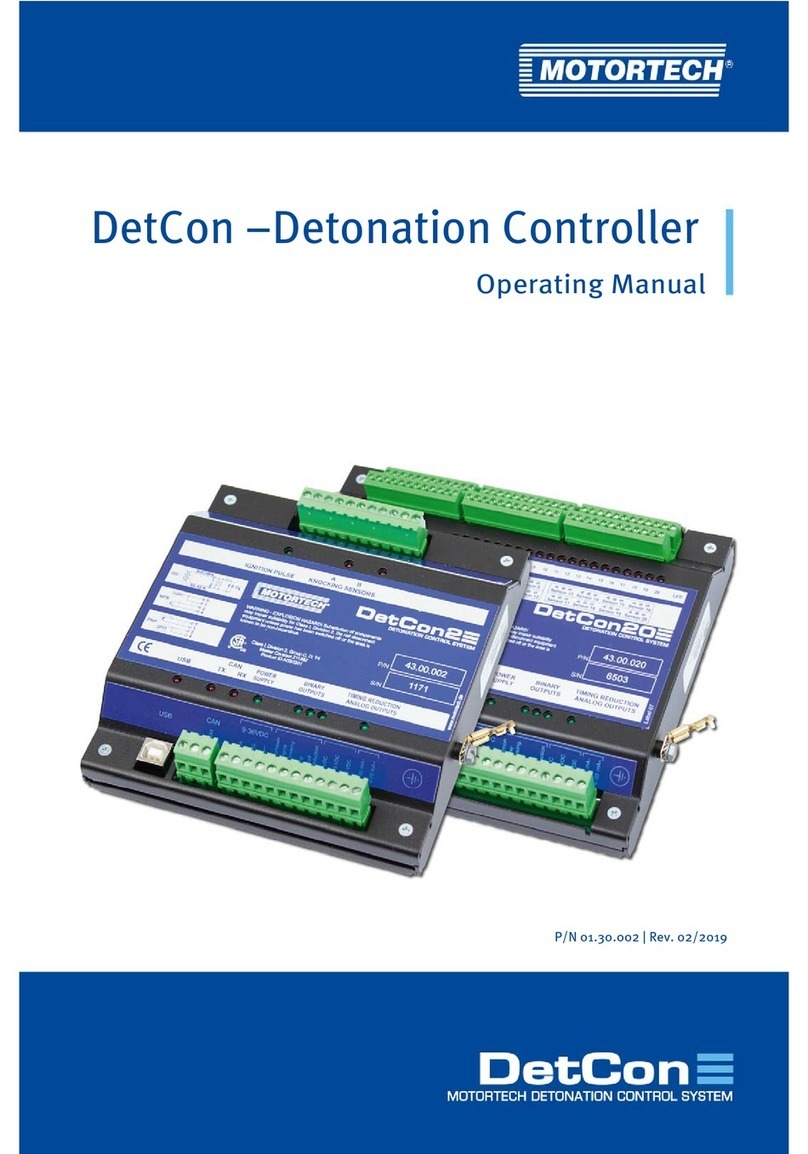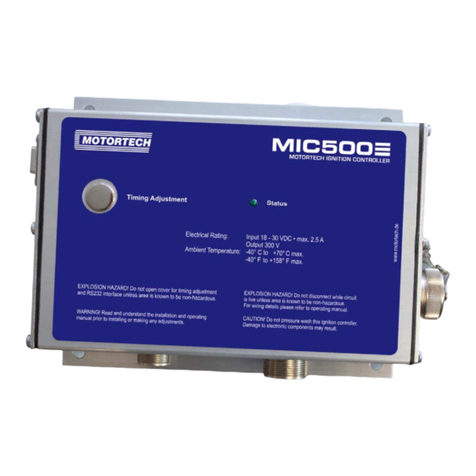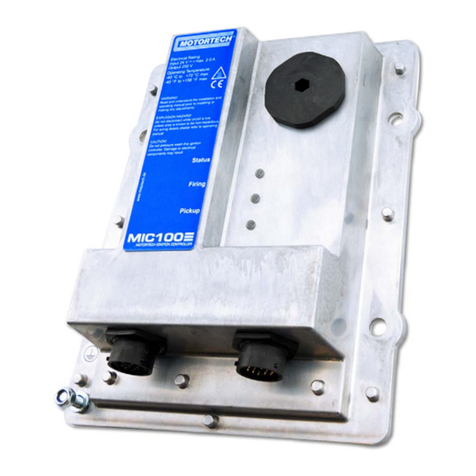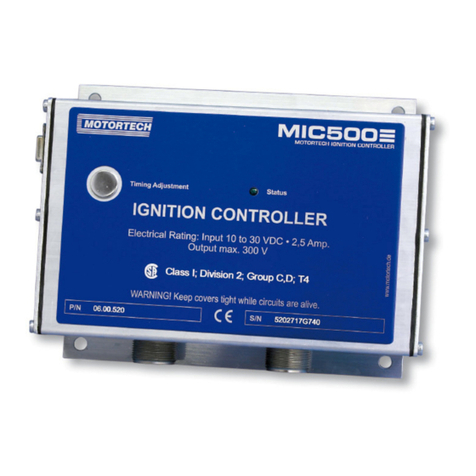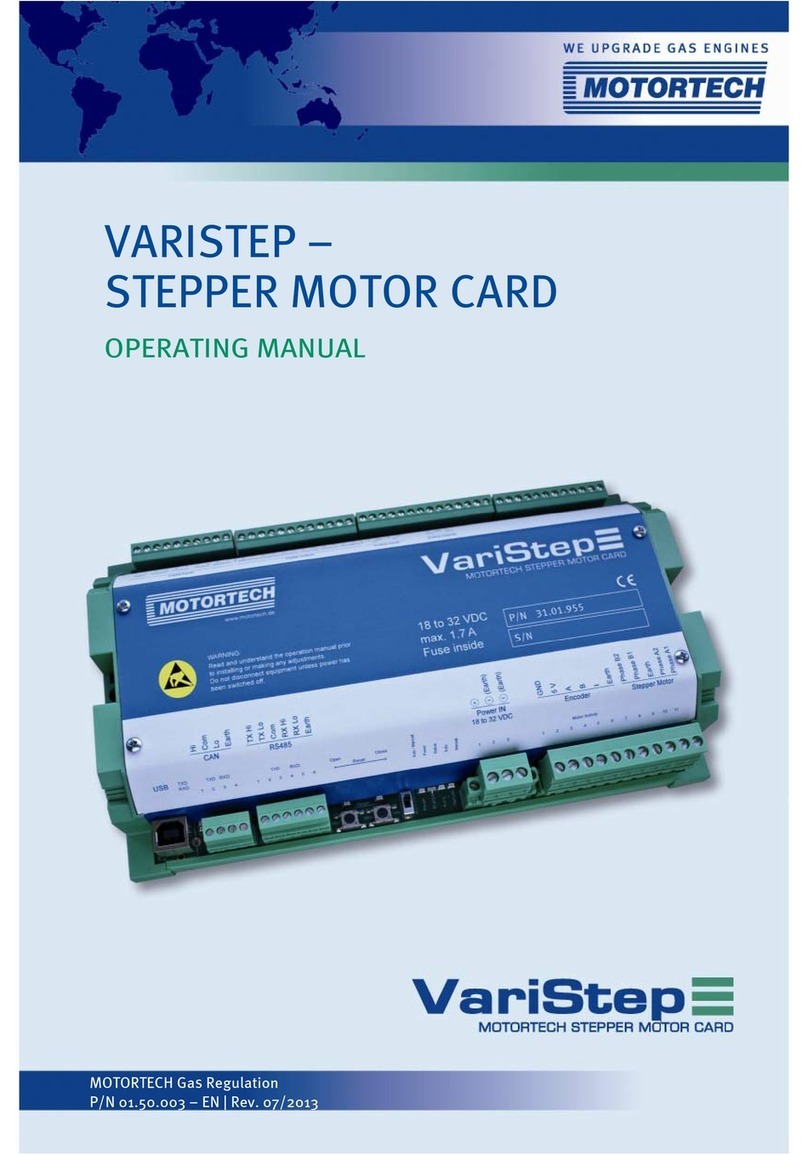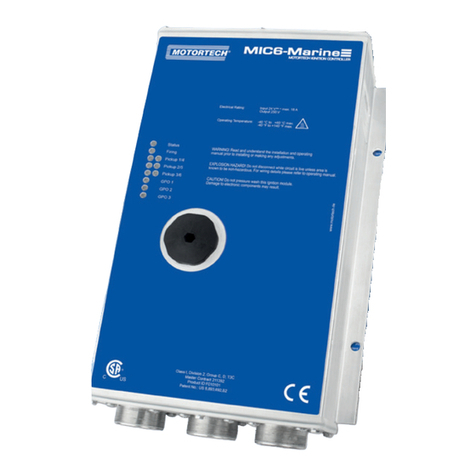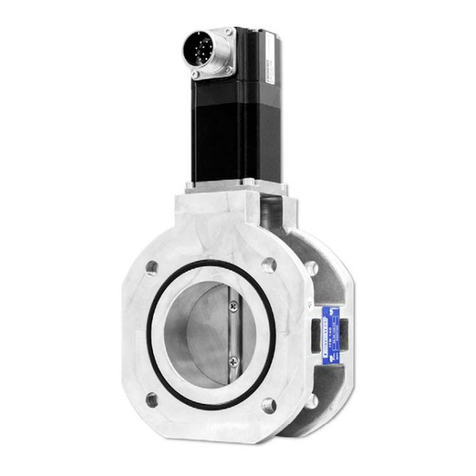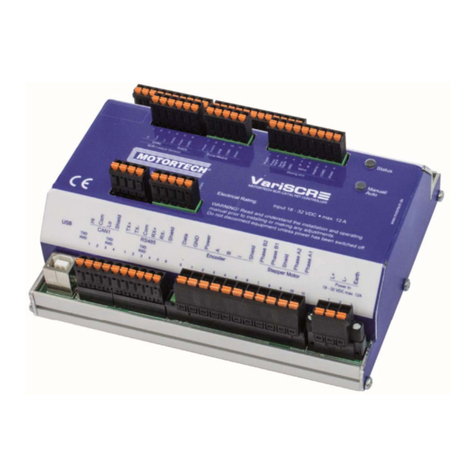
Table of Contents
Rev. 03/2019 5
8.7 Self Test............................................................................................................... 77
8.8 Pickup Trace ........................................................................................................78
8.9 Access Control for MIC5 ........................................................................................ 81
8.9.1 Enable/Disable Access Control ........................................................................... 81
8.9.2 Login/Logout ....................................................................................................82
8.9.3 Changing the PIN...............................................................................................82
8.9.4 Reset all PINs ....................................................................................................82
8.10 Working with Configurations ...............................................................................83
8.10.1 Create, Open, Save...........................................................................................84
8.10.2 Upload, Download ...........................................................................................85
8.10.3 Compatibility Information.................................................................................86
8.11 Configuration...................................................................................................... 87
8.11.1 Engine – Parameters.........................................................................................88
8.11.2 Engine – Cylinder Names .................................................................................. 91
8.11.3 Engine – Ignition Outputs .................................................................................92
8.11.4 Engine – Ignition Coils......................................................................................94
8.11.5 Engine – Pickups..............................................................................................96
8.11.6 Timing – Analog Inputs ................................................................................... 100
8.11.7 Timing – Schedule A/B – General .................................................................... 102
8.11.8 Timing – Schedule A/B – Energy ..................................................................... 104
8.11.9 Timing – Miscellaneous .................................................................................. 105
8.11.10 Inputs/Outputs – Alarms............................................................................... 106
8.11.11 Inputs/Outputs – ASO1 (Auxiliary Synchronization Output) .............................. 108
8.11.12 Inputs/Outputs – Inputs.................................................................................110
8.11.13 Miscellaneous – Communication .................................................................... 111
8.11.14 Miscellaneous – Information ..........................................................................113
8.12 Runtime Data.....................................................................................................114
8.12.1 Runtime Data – Overview .................................................................................115
8.12.2 Runtime Data – Timing ....................................................................................118
8.12.3 Runtime Data – Ignition...................................................................................119
8.12.4 Runtime Data – Bank A and B.......................................................................... 120
8.12.5 Runtime Data – States.................................................................................... 122
8.12.6 Runtime Data – Message Log.......................................................................... 128
8.12.6.1 Information................................................................................................. 130
8.12.6.2 Warnings.................................................................................................... 133
8.12.6.3 Alarms ....................................................................................................... 134
8.12.6.4 Failure........................................................................................................ 134
